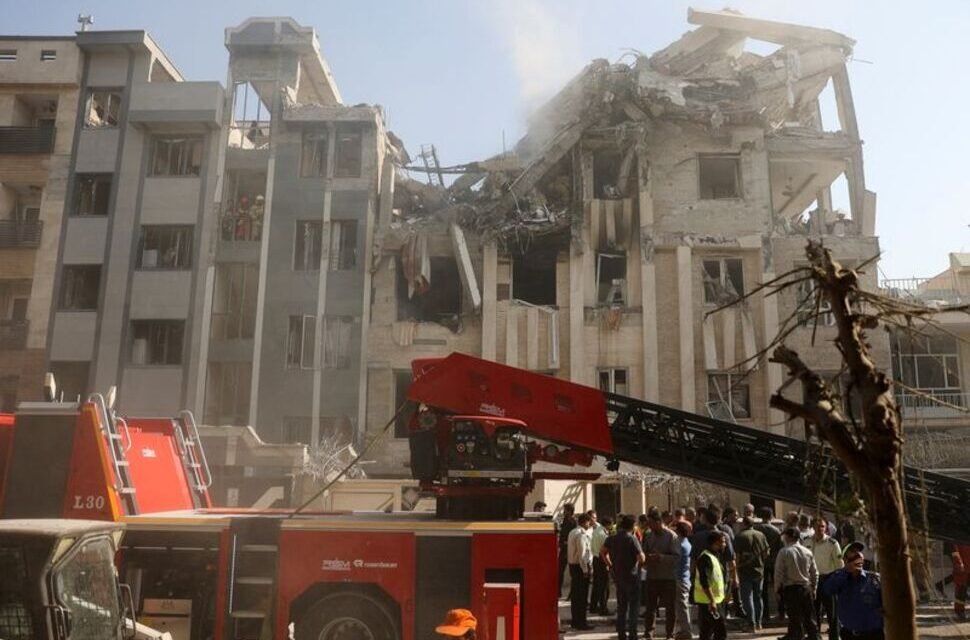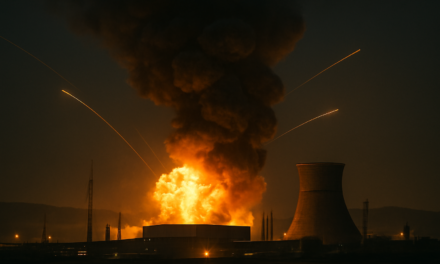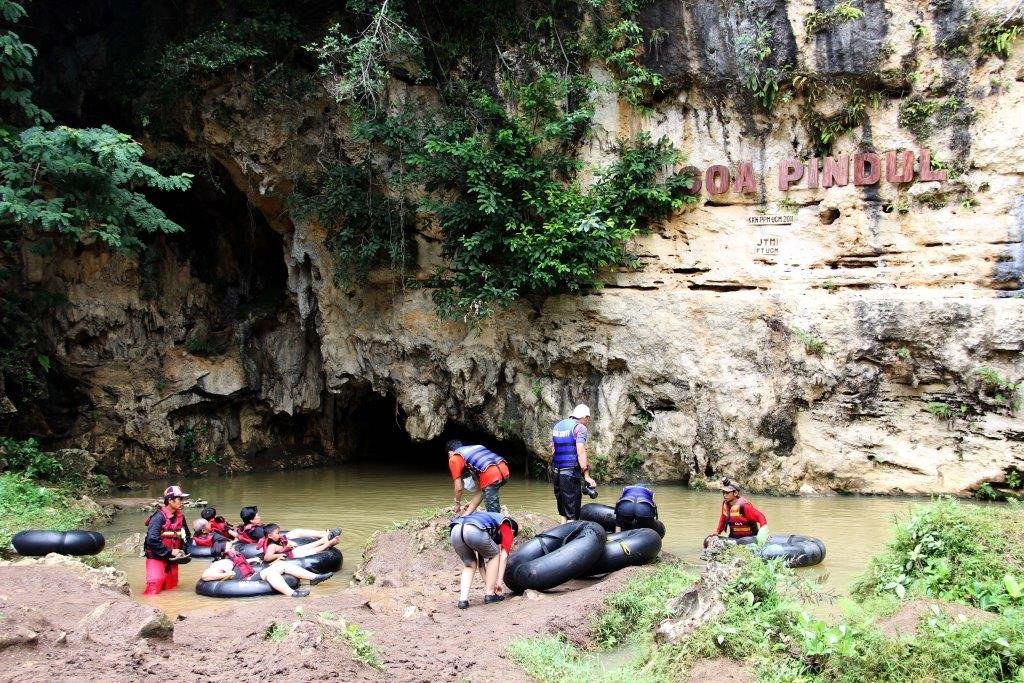By Fazal Khaliq
JERUSALEM/TEHRAN, April 19, 2024 – Israel launched a large-scale military operation against Iran early Friday, explicitly targeting nuclear facilities, ballistic missile production sites, and military leadership, dramatically escalating regional tensions and triggering fears of a wider conflict.
Key Developments:
- Widespread Strikes: Israel confirmed “Operation Rising Lion,” targeting “dozens” of sites, including the critical Natanz uranium enrichment facility. Explosions were reported near Natanz and at Revolutionary Guards (IRGC) headquarters in Tehran.
- High-Profile Casualties: Iran reports the death of IRGC top commander Hossein Salami and at least six nuclear scientists, including prominent figures Mohammad Mehdi Tehranchi and former Atomic Energy Organization head Fereydoun Abbasi. Civilian casualties, including children in Tehran, are also claimed.
- Immediate Retaliation & Readiness: Iran launched approximately 100 drones toward Israel, which the IDF states it has begun intercepting outside Israeli airspace. Israel declared a state of emergency, closed Ben Gurion Airport, and placed air defenses on high alert. Tens of thousands of Israeli soldiers are mobilized across borders.
- US Denies Involvement, Warns Iran: The United States explicitly stated it had “no part” in the operation. Secretary of State Marco Rubio emphasized the US priority was protecting its forces and warned Iran not to target US interests. US citizens in Israel were told to shelter in place.
- Regional Fallout: Jordan and Iraq closed their airspace entirely. Jordanian air raid sirens sounded in Amman. Emirates and Lufthansa suspended flights to affected regions. Pakistan condemned Israel’s “unjustified and illegitimate aggression.”
- Nuclear Claims & Denials: An Israeli official claimed Iran had enough material for “15 nuclear bombs within days,” justifying the strikes as preventing an “existential threat.” The IAEA stated Iran reported no increased radiation at Natanz and that the Bushehr power plant was untouched. A US source contradicted Israel’s urgency, stating US intelligence believes Iran is not building a weapon and its program remains frozen since 2003.
- Leaders React: PM Netanyahu called it a “decisive moment,” vowing the operation would continue “for as many days as it takes.” Iran’s Supreme Leader Khamenei promised Israel would face a “bitter fate.” UN Secretary-General Guterres condemned the escalation and urged maximum restraint.
Analysis: A Dangerous Threshold Crossed
Israel’s direct, large-scale attack on Iranian soil, specifically naming nuclear targets and resulting in the death of a top military commander and scientists, represents a massive and deliberate escalation. This moves the long-running shadow war between the two adversaries into a perilously overt phase with high stakes.
- The Nuclear Flashpoint: Israel’s justification hinges entirely on halting Iran’s nuclear program, claiming an imminent threat. However, the stark contradiction between Israeli assertions of Iran being days from bombs and the reported US intelligence assessment (no active weaponization program) is critical. Attacking Natanz directly, even if causing no reported radiation leak, is a profound gamble aimed at significantly degrading Iran’s capabilities. The killing of senior nuclear scientists is a clear attempt at decapitating the program’s expertise.
- Spiraling Conflict: Iran’s immediate drone retaliation, while intercepted so far, demonstrates its intent to respond directly. The mobilization of Israeli forces across all borders and the closure of neighboring airspaces underscore the acute fear of a multi-front escalation. The involvement of Hezbollah in Lebanon or other Iranian proxies remains a significant risk. Khamenei’s vow of a “bitter fate” signals more retaliation is likely.
- US Position: The US finds itself in a difficult spot. While firmly denying involvement and warning Iran against retaliation (especially against US assets), its unequivocal support for Israel’s security is well-known. The US military preparing for contingencies, including potential evacuations, highlights deep concern about the situation spiraling beyond control. The lack of US prior knowledge or coordination, per the Israeli official, strains the alliance but allows Washington some diplomatic distance.
- Regional Instability: The immediate closure of vital air corridors (Jordan, Iraq) and flight cancellations across the Gulf illustrate the regional economic and logistical disruption. Condemnation from Pakistan and nervous reactions from Arab states highlight the widespread fear that this conflict could engulf the entire region, a major oil producer. The reported civilian casualties in Tehran, if confirmed, will fuel outrage.
- Diplomacy in Jeopardy: The timing, just ahead of scheduled US-Iran nuclear talks in Oman on Sunday, is striking. While the US official stated talks would proceed, the atmosphere is now poisoned. Israel’s action appears designed to derail any potential diplomatic progress and force a decisive confrontation on its own terms.
Outlook:
The region holds its breath. Israel has initiated what it calls a “prolonged operation,” while Iran has signaled its intent to retaliate significantly. The immediate focus is on the ongoing drone threat and whether Iran will launch ballistic missiles or activate its proxies. The risk of a major regional war, already high, has surged dramatically. International calls for restraint are urgent, but the actions taken suggest both Israel and Iran are prepared for a dangerous and potentially protracted confrontation. The coming hours and days will be critical in determining whether this escalation can be contained.





